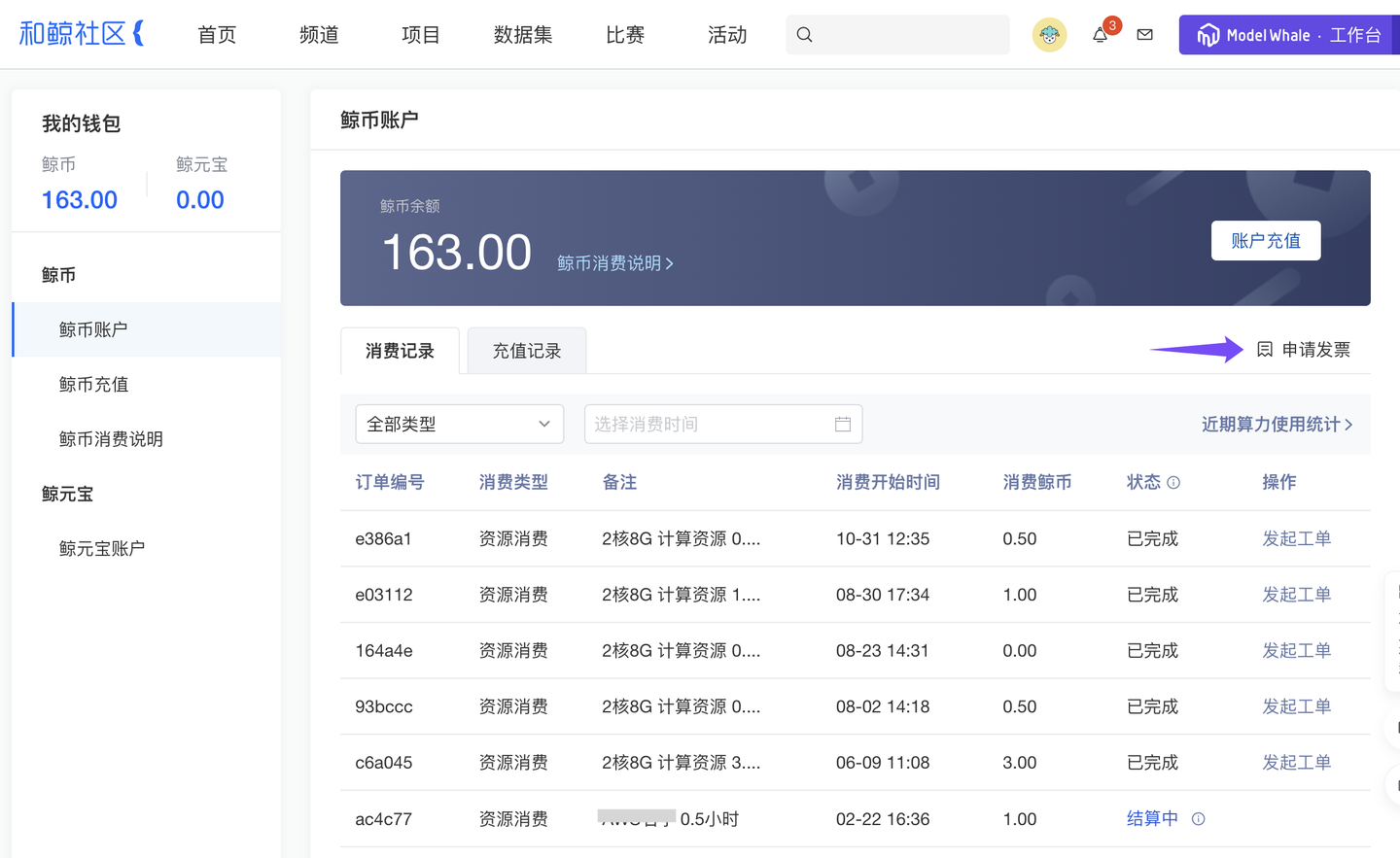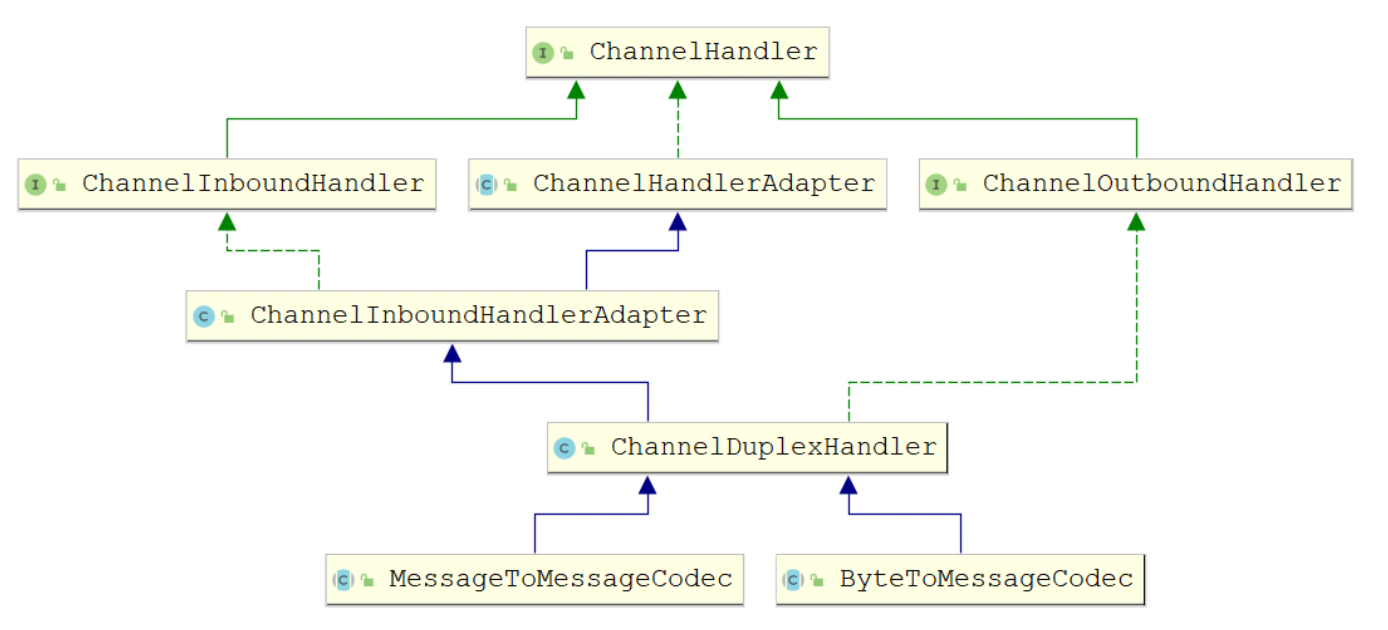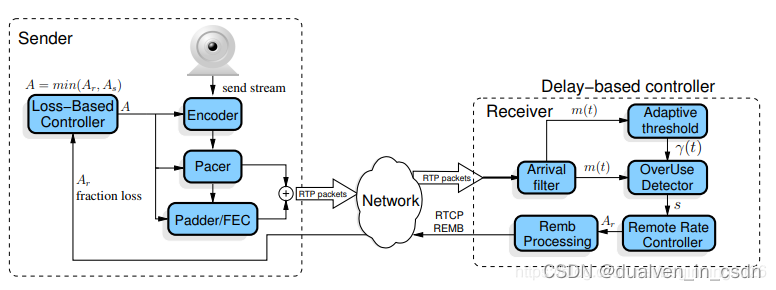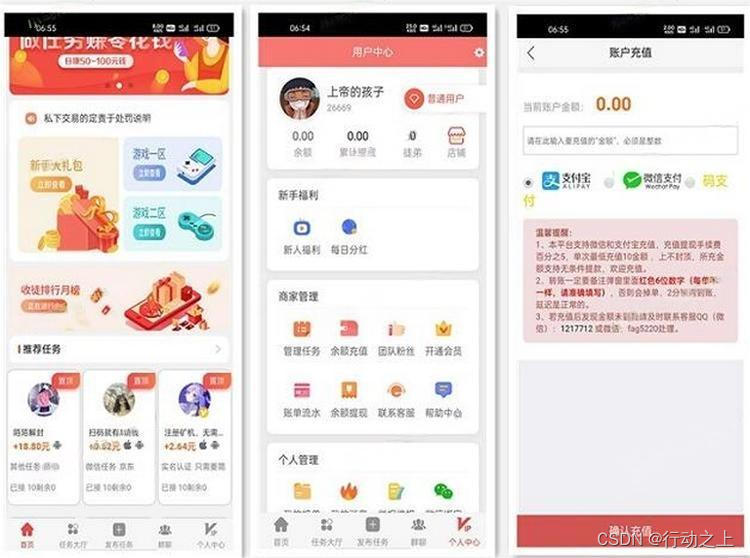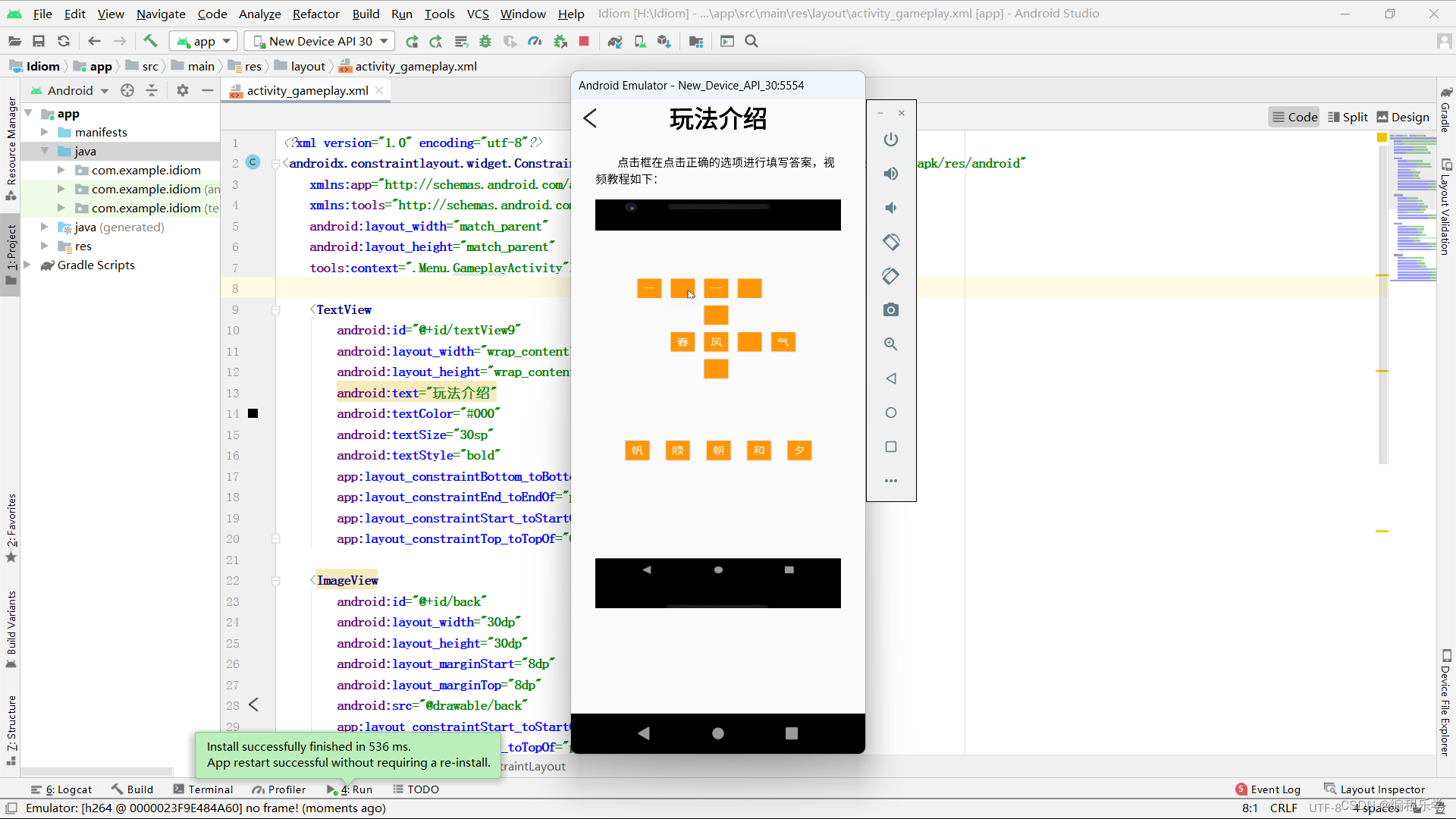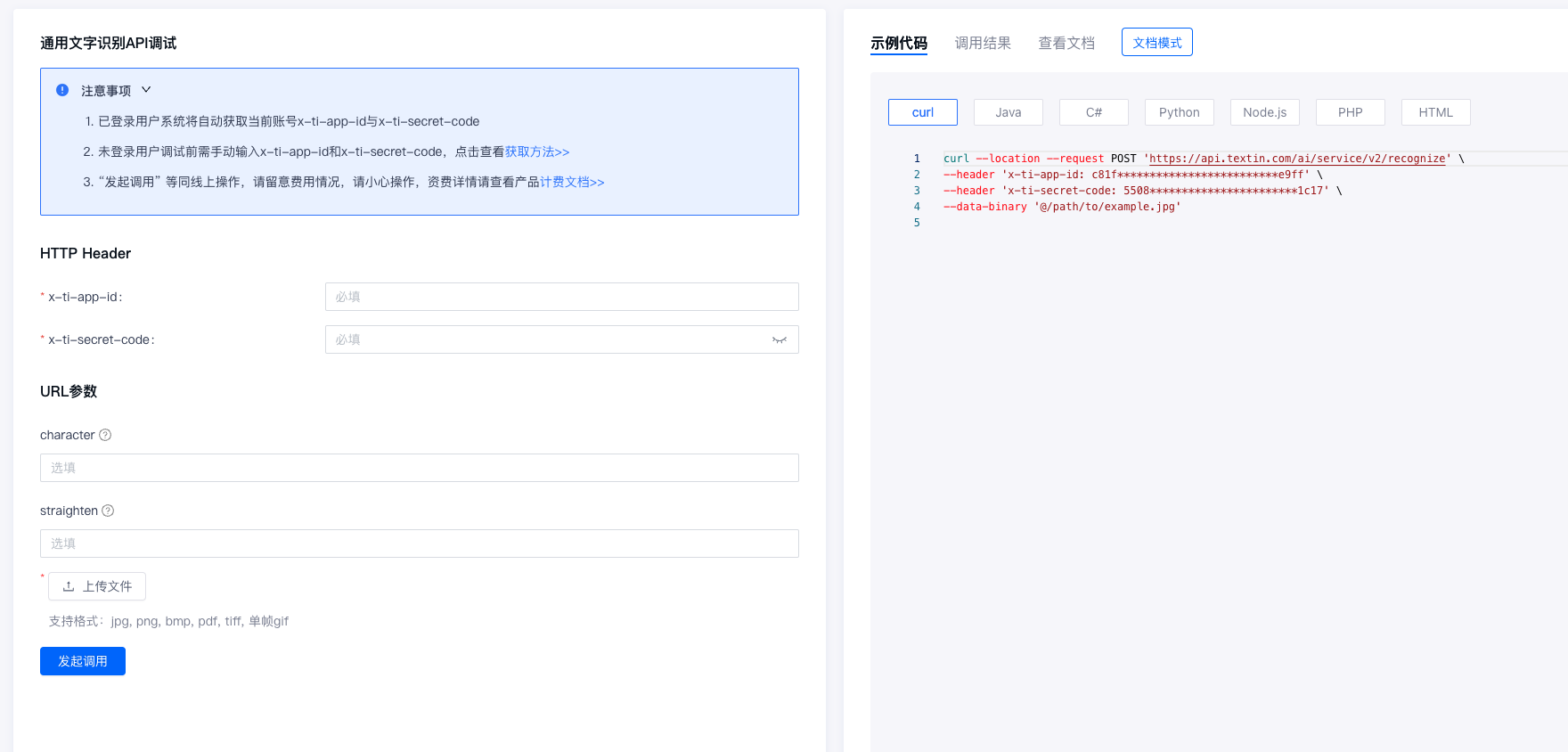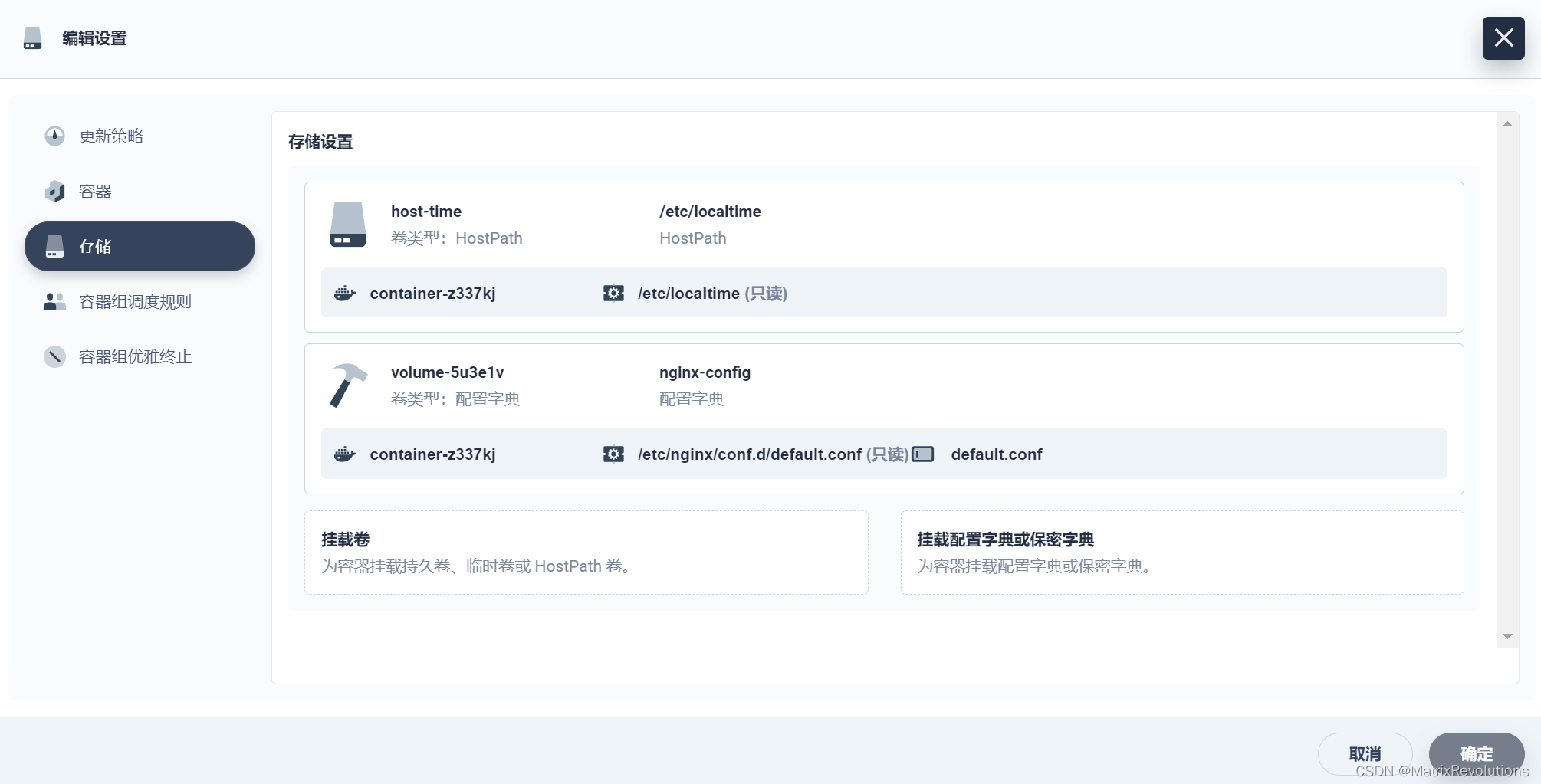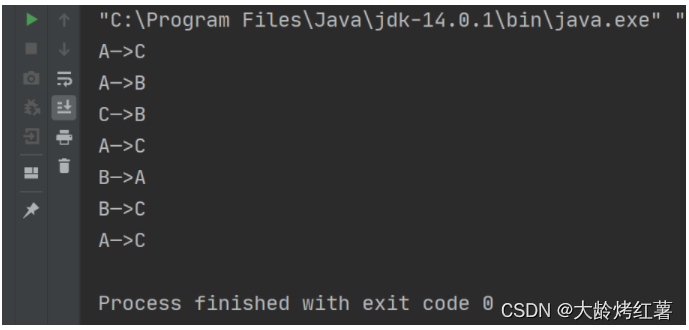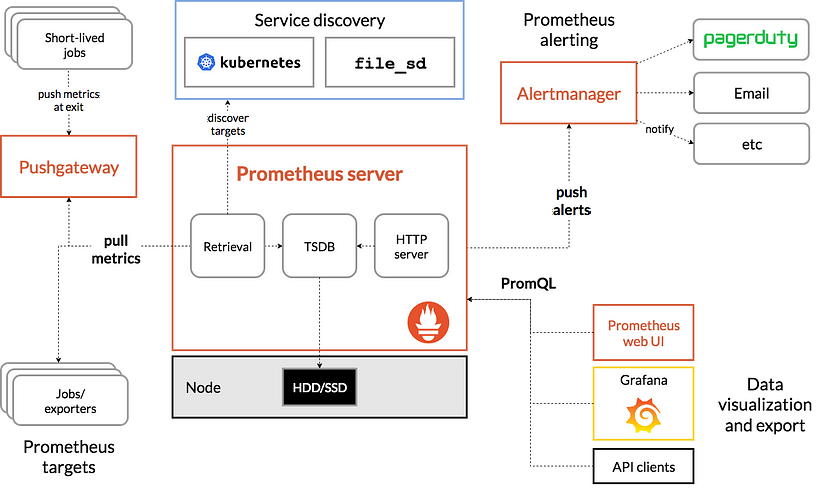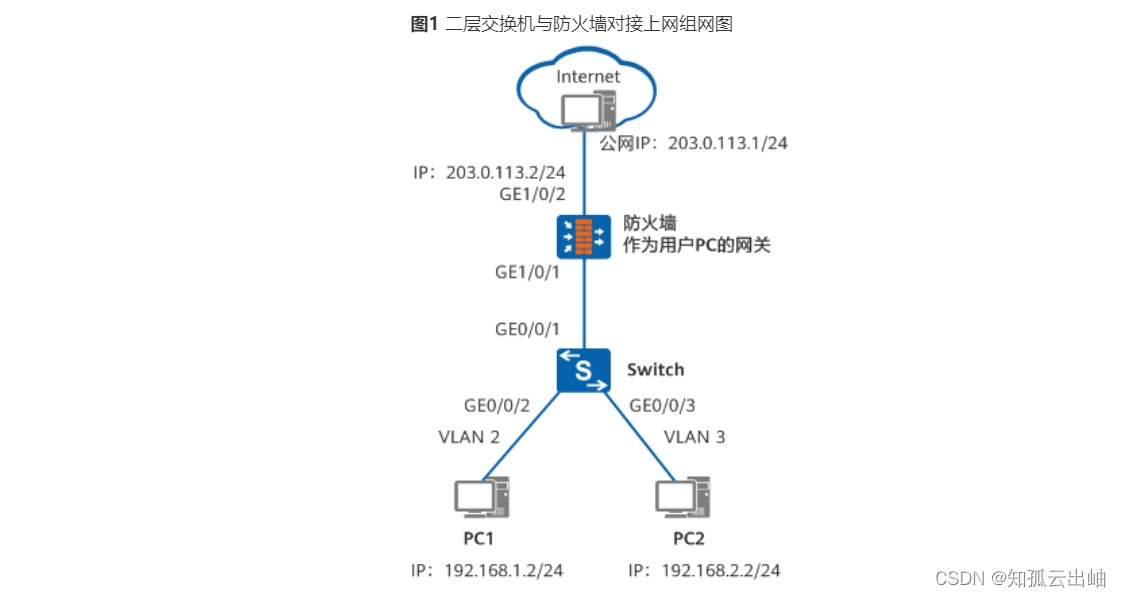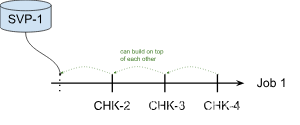参考:https://blog.csdn.net/lom9357bye/article/details/133702169
public static void main(String[] args) throws Throwable {
List<Object> list = new ArrayList<>();
Thread thread = new Thread(() -> {
ByteBuffer byteBuffer = ByteBuffer.allocateDirect(11);// 步骤1
byteBuffer.put(0, new byte[]{1,2,3}, 0, 3);
ByteBuf byteBuf = Unpooled.wrappedBuffer(byteBuffer);// 步骤2
System.out.println("byteBuf.memoryAddress():" + byteBuf.memoryAddress());
list.add(byteBuf);
try {
Thread.sleep(1000);
} catch (InterruptedException e) {
throw new RuntimeException(e);
}
System.out.println("over");
});
thread.setName("www");
thread.start();
thread.join();
System.gc();// 步骤3
Thread.sleep(3000);
list.clear();// 步骤4
System.gc();
Thread.sleep(3000);
System.out.println("over1");
}
步骤1:创建ByteBuffer
步骤2:基于之前的ByteBuffer创建ByteBuf,新建的ByteBuf与ByteBuffer共用直接内存
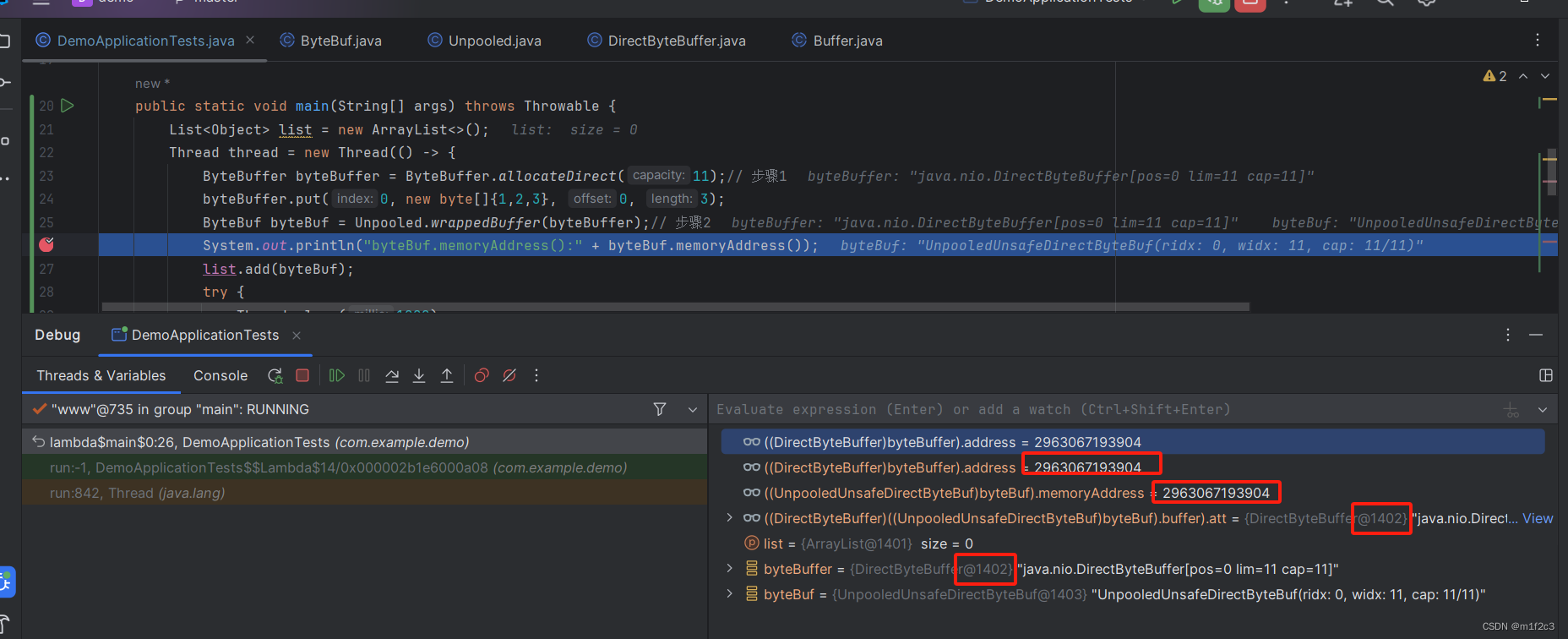
从截屏中可以看到两点
1、ByteBuffer.address与ByteBuf.memoryAddress相同
2、ByteBuf通过ByteBuf.buffer.att保留了ByteBuffer的引用,这样即使ByteBuffer已经没有被直接使用,但只要ByteBuf还在,就不会回收ByteBuffer下的直接内存。
步骤3:在ByteBuffer尚有引用(list存储了ByteBuf,ByteBuf中保留了ByteBuffer的引用)的情况下,触发gc,不会回收ByteBuffer的空间

步骤4:第二次gc时无ByteBuffer引用,所以会清理其空间
第一次gc
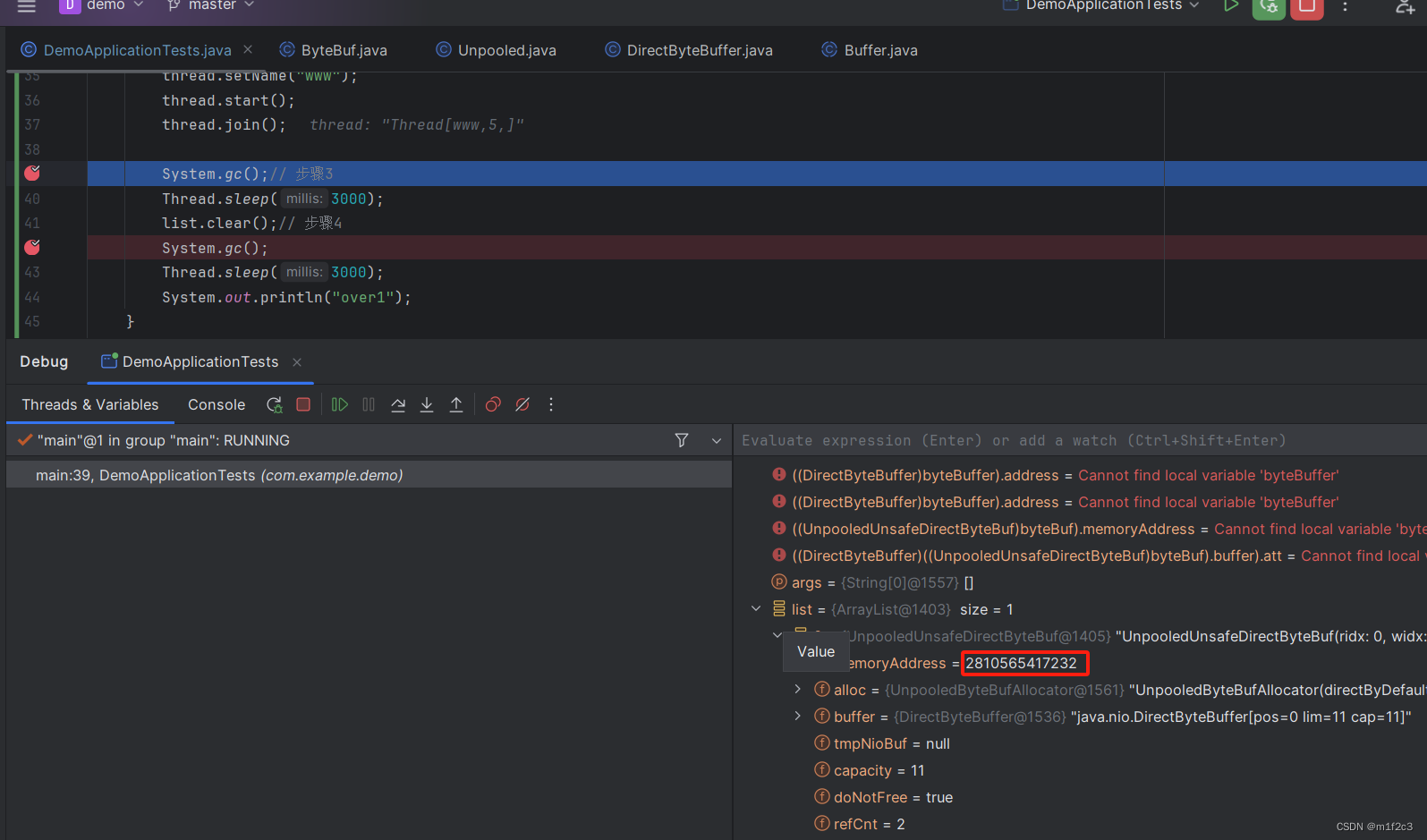
清理的是其他空间

第二次gc时清理的是之前代码中手动分配的空间

